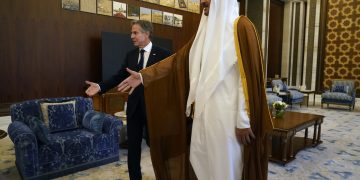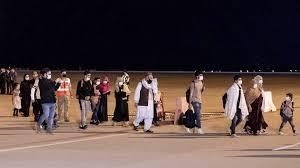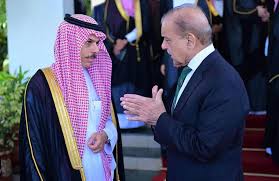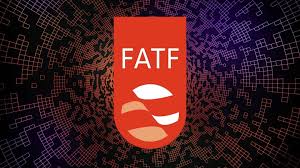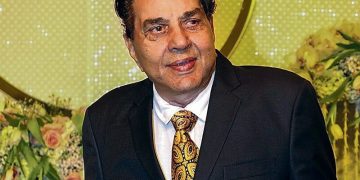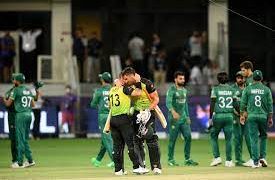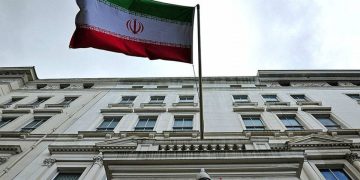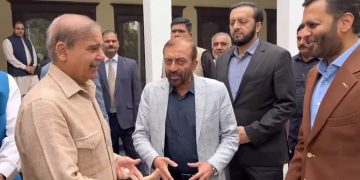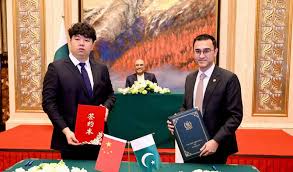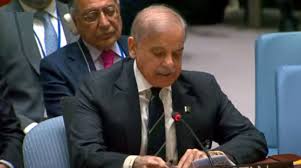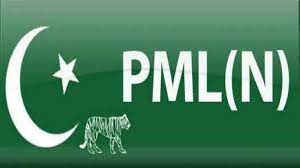Khyber Pakhtunkhwa (KP) government on Thursday, approved the development of ‘kalash Valleys Development Authority’.
The establishment of ‘Kalash valleys Development Authority’ is aimed at preserving the culture of Kalash community in the northern areas of Pakistan.
The body will oversee and limit the construction of new buildings and infrastructure in the area so as to preserve the ancient culture and infrastructure of kalash people.
However, the buildings already constructed in the area will not be demolished.
Prior to this, KP government had introduced Kalash Marriage Act in light of the traditional cultural norms and idiosyncrasies of Kalash culture. The bill is soon expected to be tabled before the provincial assembly.
The Kalash
The Kalasha, or Kalash, also called Waigali or Wai, are a Dardic Indo-Aryan indigenous people residing in the Chitral District of Khyber-Pakhtunkhwa province of Pakistan. They speak the Kalasha language, from the Dardic family of the Indo-Aryan branch
The Kalash are considered to be Pakistan’s smallest ethnoreligious group.
They are polytheists and nature plays a highly significant and spiritual role in their daily life. The Kalasha language, also known as Kalasha-mun, is a member of the Dardic group of the Indo-Aryan languages. Its closest relative is the neighboring Khowar language.
The three main festivals (khawsáṅgaw) of the Kalash are the Chilam Joshi in middle of May, the Uchau in autumn, and the Caumus in midwinter.
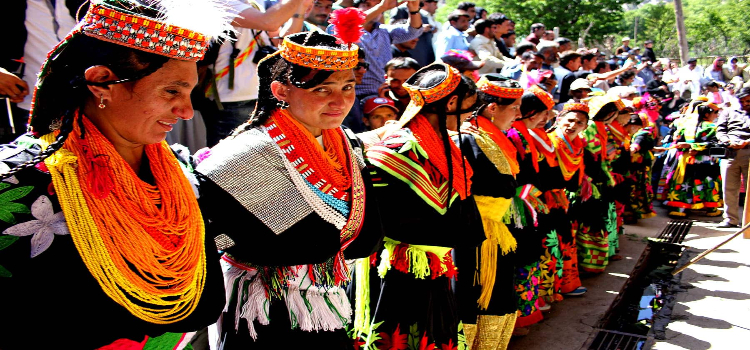
Kalash women usually wear long black robes, often embroidered with cowrie shells. For this reason, they are known in Chitral as ‘the Black Kafirs’. Men have adopted the Pakistani shalwar kameez, while children wear small versions of adult clothing after the age of four.
The isolated Kalash have received strong religious influences from pre-Islamic Nuristan. Richard Strand, a prominent expert on languages of the Hindu Kush, spent three decades in the Hindukush. He noted the following about the pre-Islamic Nuristani religion.


